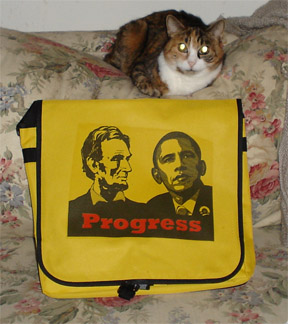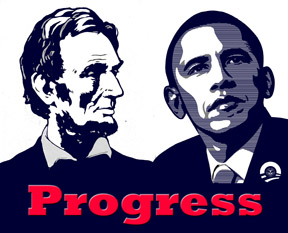Big crowds can be dangerous. When people are densely packed, there’s always a danger that someone will accidentally be injured or even killed. As population on our planet is tending to both increase and concentrate in urban areas, we could use some public education aimed at people explaining why pushing and shoving and stampeding generally are not to be tolerated. I think young, large and male people in particular don’t appreciate how much injury they can do to others.
Anyway, as a safety rule, try not to be in large, dense crowds, and if you find yourself in one, work your way to the edge of it as quickly as possible. Whatever it is you are trying to get to can’t be as important as your life.
Also, if you are ever taken hostage, don’t be in India. I understand the SWAT teams there don’t negotiate or attempt to save hostages. They just shoot everybody.
I also suspect martyr complexes are bad for your health. At the very least, they make you seem way pathetic.
Update: I want to say a little more about the trampling death in the Wal-Mart. There’s been a lot of criticism about the crowds who broke through the glass doors and trampled right over the employee. And I am not saying they are blameless, but … having been in some frighteningly dense crowds a few times myself, I suspect that many of those people were being helplessly carried along in the rush and were terrified for their lives themselves. I suspect the people near the glass doors did not deliberately break the glass, but were pushed through the glass by the force of the surging crowd behind them. It’s entirely possible that much of the force was coming from people in the back of the crowd who couldn’t see what damage they were doing.
This may be hard to imagine if you’ve never been in a crowd so thick that you were helpless to move except with the crowd, but I have. The physics of the energy of the crowd can be very dangerous, and individuals within the crowd may be helpless to stop whatever is going on. It’s like being caught in a tide.
Big, thick crowds can be dangerous even when most of the people in the crowds have no intention to do harm. It’s the nature of big, thick crowds. Companies like Wal-Mart who encourage a big crowd to show up and expect them to move through one or two doors are asking for trouble.
This is the same thing that happened in the Who concert stampede in Cincinnati, in 1979. I wasn’t in that crowd but I was living in Cincinnati at the time and was familiar with the stadium. I agree with this Time magazine article that said the cause of the stampede was the ticketing system at the stadium.
Fewer than 20% of the Cincinnati tickets were for reserved seats. The rest were for so-called festival seating, a sort of first-come-best-seated system that many of the country’s major rock venues have long since given up as unworkable. Says Tony Tavares, director of the New Haven Coliseum where The Who will play this week: “When you sell a general admission ticket, you’re challenging your crowd to get to the best seats in the house first. You’re creating a system of pandemonium.” New York City’s Madison Square Garden, which brings its 20,000-capacity crowds in through four separate towers and a series of separate entrances, has never permitted festival seating. The Garden had 200 security people, 100 ushers and 20 supervisors at their Who concerts in September. “I paid $7,800 for security and staffing fees,” says Curbishley. “Where was that security Monday night?” Riverfront Coliseum concerts by Elton John in 1976 and Led Zeppelin in 1977 had resulted in serious crowd incidents.
As I remember, the Riverfront Coliseum kept the crowd waiting until less than an hour or so before the concert, then had only two doors open to take tickets. The crowd pushed forward to get the best seats, and people in the crowd had the breath squeezed out of them. I remember hearing people say they knew they were stepping on people but they were helpless to stop. They were being pushed along by such force they had no choice but to keep moving with the crowd.


